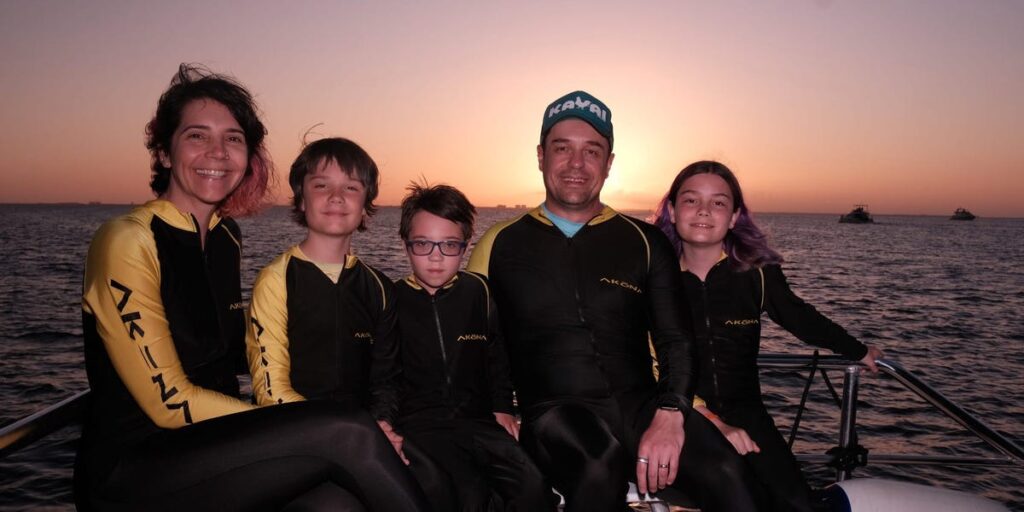When I became a mother, I devoured parenting books, hoping to find the “right” way to raise my child. After all, there are myriad parenting experts out there, and they all seem to promise that, with the correct techniques, parenting can be as simple as following a formula. And, to be fair, each of these methods did help in its own way.
But, 13 years and three kids later, I’ve learned that my most effective parenting style isn’t a formula at all. It’s more like a flexible flow state, adapting to each situation — and each kid — as necessary.
What works for one child doesn’t necessarily work for another
In the early years, when I still thought there was one “right” way to do things, my first baby made me feel like a parenting prodigy. Early on, she was sleeping through the night, eating well, and was just generally easygoing. Naturally, I chalked up this temperament to my diligent following of expert advice and congratulated myself on learning how to be an excellent mother. Then my second baby arrived and blew that theory to pieces.
What worked for my first didn’t work at all for my second. Techniques I’d previously sworn by, like Dr. Harvey Karp’s “5 S’s” for soothing babies, only left my new baby shrieking louder. And nothing humbles you faster than an inconsolable newborn who refuses to be soothed by a checklist.
So I went back to the drawing board, fumbling my way through the early days of parenting and following my son’s cues to learn what settled him instead. It was deflating, but it also taught me a great lesson in parenting early on: no two children are alike, and parenting strategies need to bend with them.
Flexibility allows me to be a more responsive parent
By the time our third child was born, I had zero expectations. I had a full toolbelt of ideas, thanks to all that reading I had done and the five years of parenting experience I had gained, but no illusions that any one approach would work universally. This flexibility made me a calmer, more responsive parent. And not just during the baby years.
As our kids grew, it became even more obvious that each one handled the world differently. I had also learned that, just like soothing techniques needed to vary, so does emotional support. One of our children wants a quiet space to process big feelings; another needs immediate hugs and reassurance. The third is somewhere in between. And this continues to change as they get older. We have learned to remain adaptable to what they need at any given age or situation based on what we see, rather than a set of steps.
These days, I’m just a parent, no superlative needed
Over time, I found that focusing too much on any specific parenting philosophy left me feeling more prescriptive instead of supportive. If I spent too much energy worrying about how a “gentle parent” would respond, I wasn’t truly paying attention to what my child needed in that particular moment.
Parenting through a rigid script generally ended in frustration for all of us, but parenting through presence was a different story. It helped us feel more connected and generally resolved the issue more quickly. Not to mention, as anyone who has been around kids quickly realizes, following anything rigidly is difficult.
These days, I’m less interested in labeling my parenting style and more focused on being the parent my kids need in that specific moment. Parenting, for me, isn’t about finding the “right” system to follow. Instead, it’s been about flexibility, paying attention to my kids, and meeting them where they are, with whatever patience, curiosity, and compassion I have in that moment. It may not always be perfect, but it feels just right.
Read the full article here


